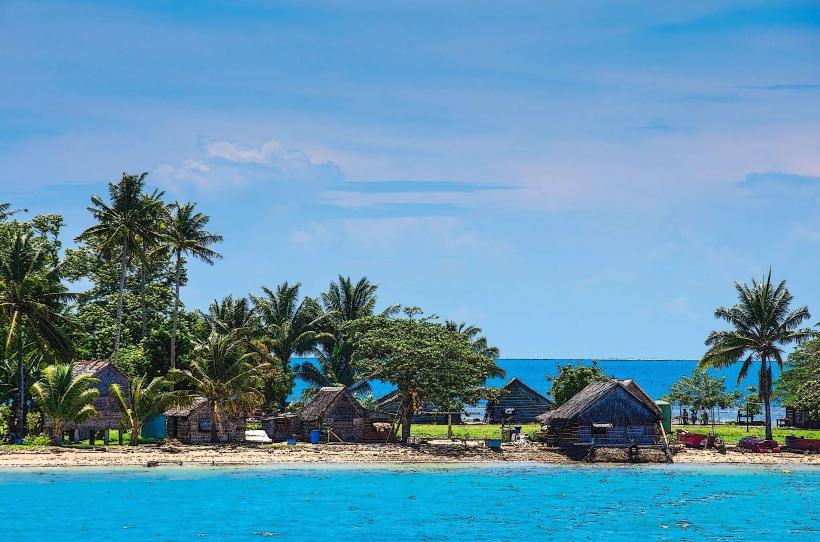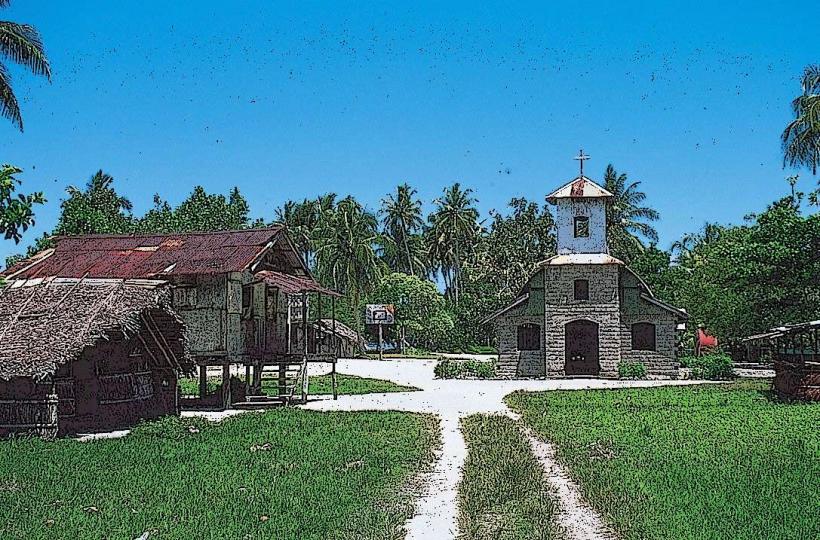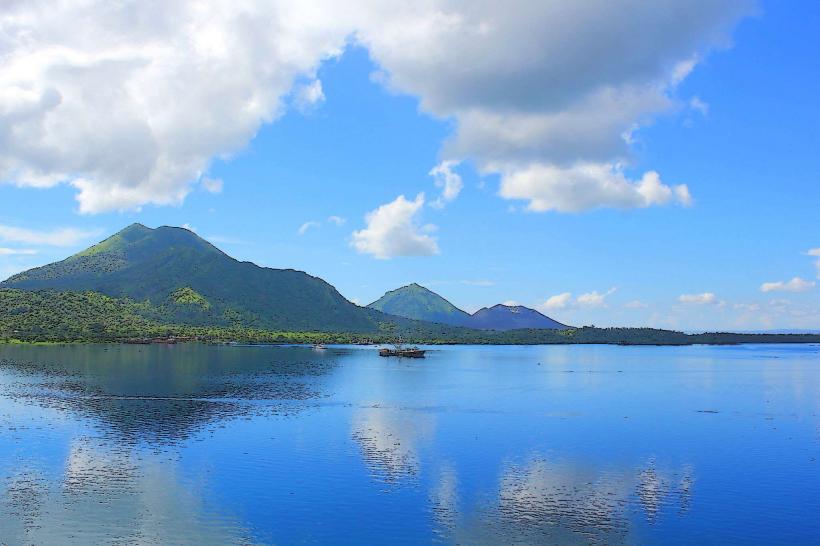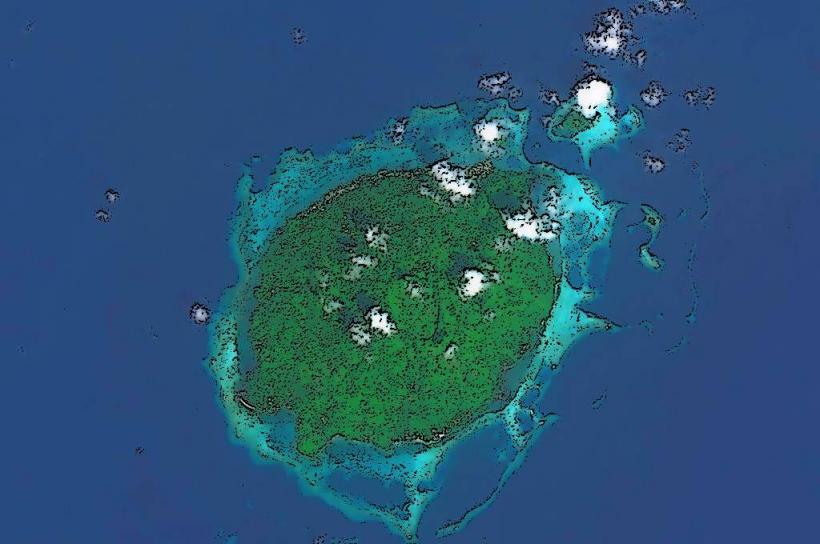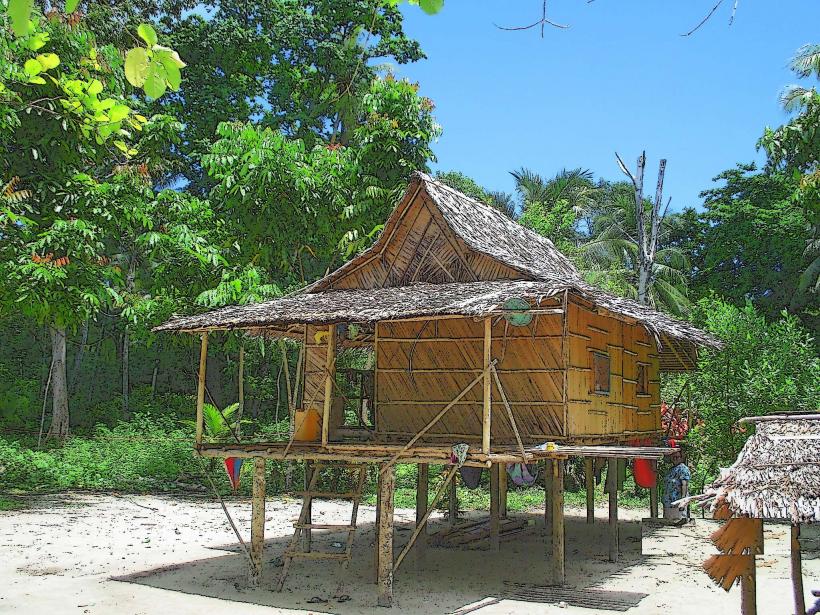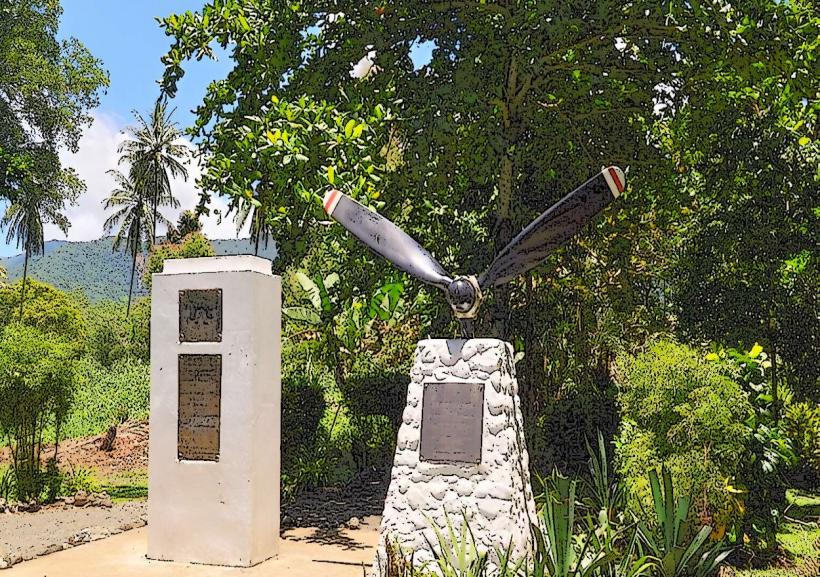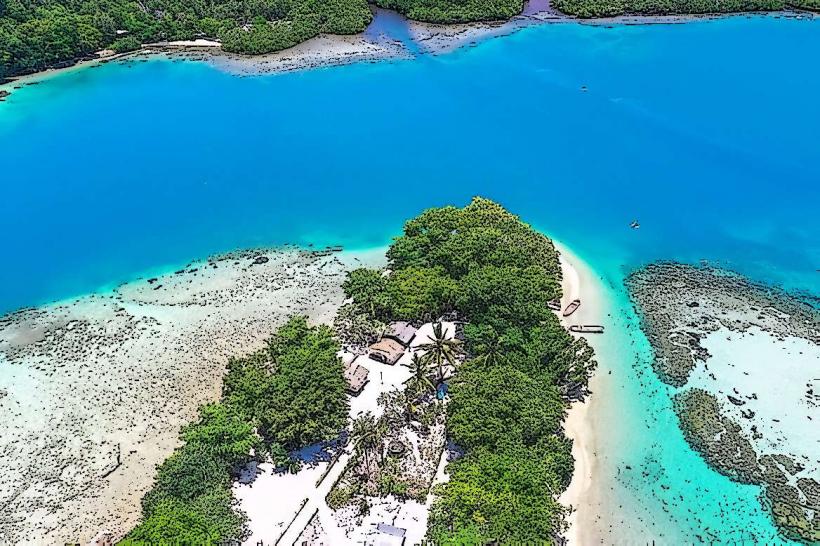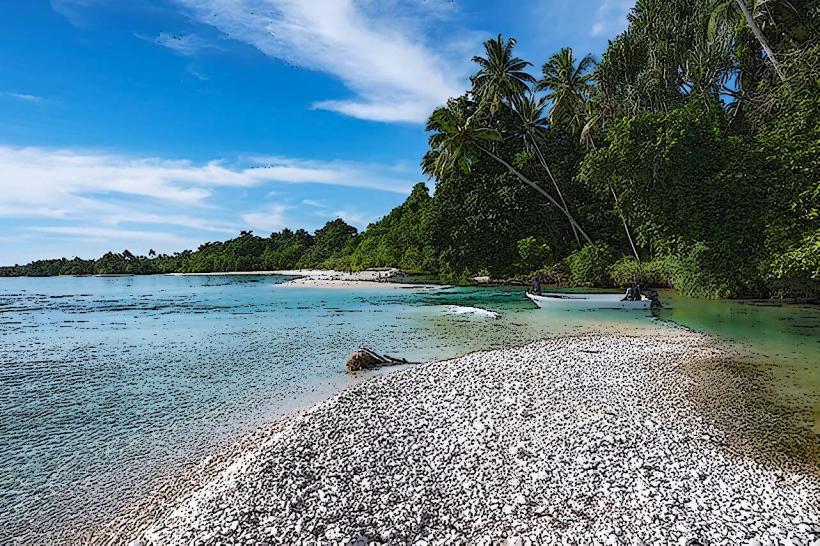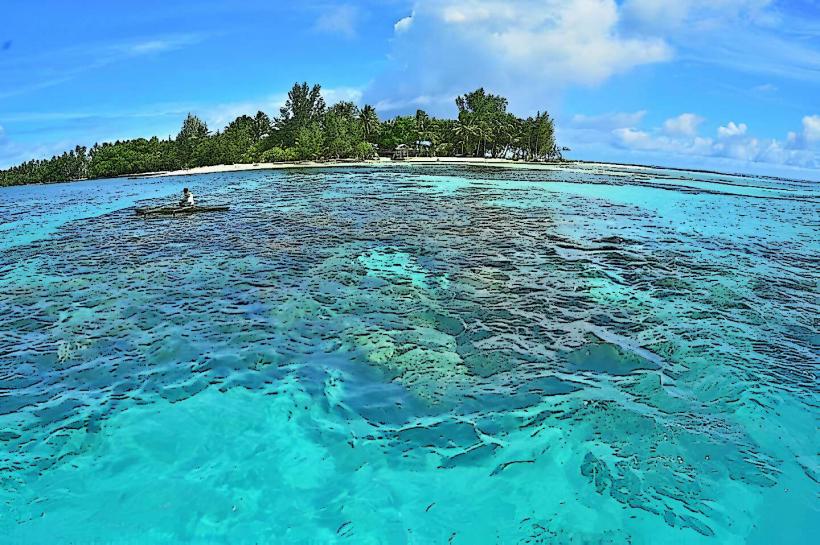Information
Landmark: Pityilu IslandCity: Manus
Country: Papua New Guinea
Continent: Australia
Pityilu Island is a small island located in the Manus Province of Papua New Guinea, part of the Bismarck Archipelago. It is one of the many islands that make up the Admiralty Islands, which include Manus Island and several smaller islands. Pityilu Island, like other islands in the region, is characterized by its lush tropical environment, diverse marine life, and vibrant local culture.
Here are some key details about Pityilu Island:
Geography and Location:
- Location: Pityilu Island is part of the Admiralty Islands, situated to the north of Manus Island, within the Bismarck Archipelago. It lies in the Pacific Ocean, which gives it access to the rich marine biodiversity of the region.
- Landscape: The island features a typical tropical island landscape, with dense rainforests, hills, and beautiful coastlines. Like many islands in the region, it has stunning beaches and coral reefs, making it an attractive destination for eco-tourism and marine activities.
- Climate: Pityilu Island, along with the rest of Manus Province, experiences a tropical rainforest climate, with high humidity and rainfall year-round. The region is lush and fertile, supporting a variety of plant and animal life.
Culture and Population:
- Indigenous Community: Pityilu Island is home to a small indigenous community, most likely part of the broader Manus ethnic group that inhabits Manus Island and nearby areas. The people on Pityilu Island maintain traditional ways of life, relying on fishing, farming, and cultural practices to sustain themselves.
- Languages: The local language spoken on Pityilu Island is likely a variety of Manus languages, although Tok Pisin and English may also be spoken in certain contexts, especially for communication with outsiders or government agencies.
Economy:
- Fishing: Fishing is a primary source of food and income for the people of Pityilu Island. The surrounding waters are rich in marine life, including fish, shellfish, and other seafood. Fishing is not only a subsistence activity but also an important trade resource.
- Agriculture: Agriculture is another key economic activity on the island. Crops like taro, yams, bananas, and coconuts are commonly grown on the island. These crops form an essential part of the local diet and economy.
- Trade: Like other smaller islands in the region, Pityilu Island may engage in limited trade with neighboring islands and Manus Island, exchanging agricultural products and marine resources.
Environment and Biodiversity:
- Marine Life: The waters surrounding Pityilu Island are part of the rich marine ecosystems of the Bismarck Sea, known for coral reefs, fish, and other marine species. This makes the island an important area for fishing and, potentially, eco-tourism. The reefs are home to a variety of fish, crustaceans, and other marine life, contributing to the island’s local economy and cultural practices.
- Rainforests and Wildlife: The island's tropical rainforests support a range of species, including birds, insects, and endemic plant life. These forests also provide materials for traditional crafts and housing. The natural beauty of the island makes it an attractive destination for nature lovers and eco-tourists.
Challenges:
- Isolation: Like many smaller islands in Papua New Guinea, Pityilu Island faces challenges due to its isolation. Access to healthcare, education, and other modern services can be limited, and transportation to and from the island may be difficult.
- Development: The development of infrastructure on Pityilu Island is limited, and residents rely heavily on traditional forms of subsistence farming and fishing. While some improvements may have been made, the island’s small population and remote location mean that resources are limited.
- Environmental Pressures: Climate change and rising sea levels pose a significant threat to low-lying islands like Pityilu. Coastal erosion and extreme weather events could impact the island's environment, livelihoods, and infrastructure.
Tourism:
- Natural Beauty: Pityilu Island is known for its pristine natural environment, with lush rainforests, beautiful beaches, and clear blue waters. It may be of interest to eco-tourists, divers, and those seeking a tranquil, remote destination.
- Marine Activities: The coral reefs around Pityilu Island offer opportunities for snorkeling, diving, and exploring the diverse marine life. The island’s isolation and natural beauty could appeal to visitors looking for an off-the-beaten-path experience.
- Cultural Experiences: Visitors to Pityilu Island can also experience the traditional lifestyle of the local communities. Cultural exchanges may include traditional ceremonies, art, and music, giving travelers insight into the indigenous practices and way of life on the island.
Conclusion:
Pityilu Island is a small yet significant part of the Admiralty Islands in Manus Province, Papua New Guinea. It offers a rich cultural heritage, beautiful natural surroundings, and a close-knit community that relies on traditional practices for survival. Despite the challenges of isolation and limited infrastructure, the island’s natural beauty and biodiversity make it an important part of the region.

